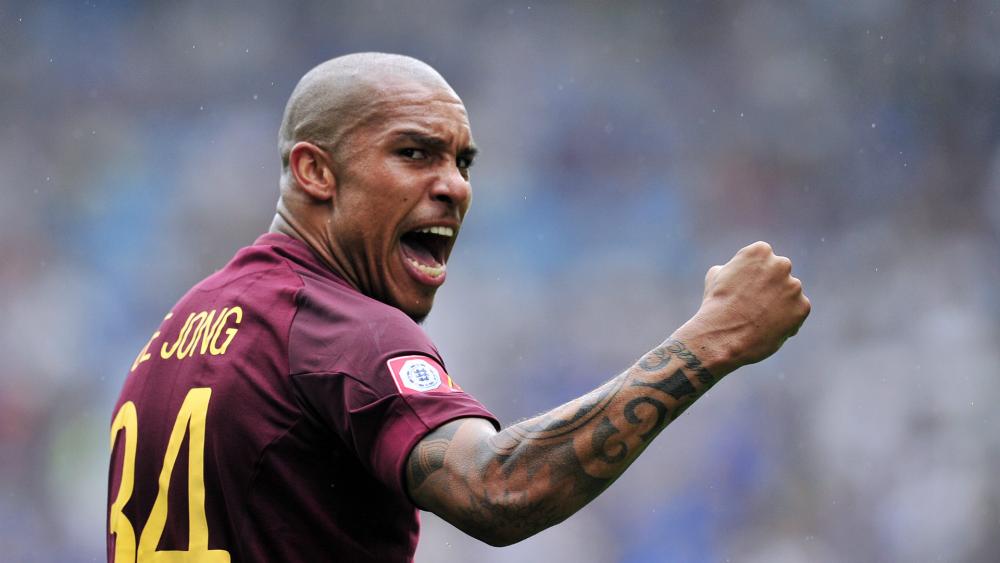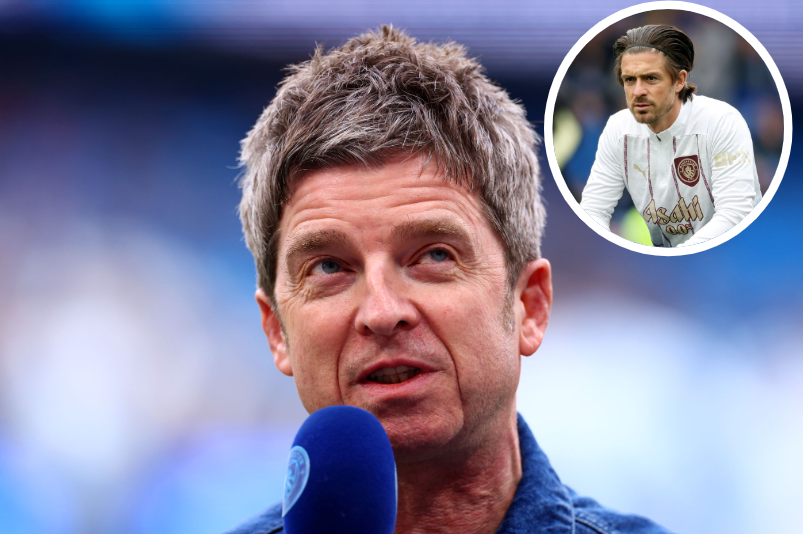The MLS Wrap: Making sense of the Galaxy's winter moves
The LA Galaxy have had a busy winter shaking up their roster after failing to defend their 2014 MLS Cup. Goal USA's Ives Galarcep breaks down the moves.

The LA Galaxy will look much different in 2016 than they did last year, and while there may be some question why one of the league's top teams would need such a shake-up, the transformation could definitely yield a championship result.
The final, and arguably most important, move of the Galaxy's busy winter will be made official this week when Dutch midfielder Nigel de Jong is announced as the team's newest signing. He is the most important piece to a puzzle Bruce Arena has been forced to configure amid the pressures of the MLS salary cap and contract obstacles.
Just how can the Galaxy afford a player of De Jong's quality? For starters, it helps that DeJong wants to play in Los Angeles, and is accepting a 2016 deal that sources tell Goal USA will be in the area of $500,000. The Galaxy are signing DeJong to a one-year deal with option years that would increase De Jong's salary into the Designated Player range of $2 million a season. The option years will kick in if DeJong plays a certain percentage of matches for the Galaxy in 2016.
The deal was contingent on AC Milan buying out the remaining portion of De Jong's contract after MLS balked at an initial deal that would have sent De Jong to the Galaxy on loan.
De Jong joins Jelle Van Damme, Ashley Cole, Dan Kennedy, Mike Magee and Jeff Larentowicz as the new (old) blood Arena will be hoping to shape into his latest championship creation. The big question about new acquisitions is whether bringing in a quintet of players in their 30s will be the answer for a team that just let two top players in their mid-20s (Omar Gonzalez and Juninho) go.
The Gonzalez and Juninho transfers might have been seen as puzzling, but the Gonzalez move became a strong likelihood after the Galaxy failed to generate a transfer for Gyasi Zardes, who the club had been hoping to sell this winter. Without that move, the Galaxy were forced to deal Gonzalez to not only try and generate some transfer revenue to convert into allocation money, but also in order to stay within the three designated player limit.
Juninho's sale to Club Tijuana was the more surprising move, but came about thanks to the Galaxy generating a smaller transfer fee for Gonzalez than originally expected. Juninho wound up going for $1.4 million, which generated three times more allocation money for the Galaxy than the Gonzalez sale to Pachuca.
Get FourFourTwo Newsletter
The best features, fun and footballing quizzes, straight to your inbox every week.

Juninho will be missed in the Galaxy midfield, but De Jong should help fill that void, and then some, with the hard-tackling midfielder better suited to handling the heavy lifting required to support both Steven Gerrard and Giovani Dos Santos. In fact, Juninho struggled playing with those same players as the attacking side of Juninho's game was stifled by having to constantly try and cover for his defensively challenged teammates.
Replacing Gonzalez will be a trickier proposition. As much as he had a down year by his standards in 2015, Gonzalez was still one of the best defenders in MLS and his form with new club Pachuca shows just what he could bring to the table. Van Damme is being portrayed as a natural replacement, but he isn't quite that. More of a left back by trade, the 6-foot-3 Van Damme is being brought to LA to convert into a central defender. He has the technical quality to make the transition, but there could be growing pains as he settles into a new role full-time. In other words, don't be surprised if Leonardo and A.J. De La Garza are the Galaxy's starting central defenders for a good chunk of the season while Van Damme adapts to his new position.
Then you have Ashley Cole, a signing that has caused much derision among MLS fans because of his past comments bashing MLS as a retirement league. The 35-year-old Englishman was once the best left back in the world, but those days are long gone, and a year in limbo at AS Roma has raised questions about just what he has left to give.
The Galaxy are banking on him being able to still play at a high enough level to be one of the best, if not the best, left back in MLS. As far as gambles go, Cole isn't an extremely expensive one, with sources telling Goal USA Cole is being paid in the $300,000 range. If Cole can be anywhere close to his former self, the Galaxy will see that as a bargain, and if Robbie Rogers also settles in comfortably at right back, the Galaxy defense could potentially be better in 2016 than 2015.
What gets lost in the hand-wringing over pickups like Cole and Van Damme is that they don't have to be dominant players to justify their acquisitions. Neither is a designated player, nor are they approaching seven-figure salaries. The Galaxy can do just fine with Cole and Van Damme being above-average MLS players, and their resumes suggest they are capable of potentially being much more.
For all the attention the Galaxy's foreign signings have generated, it could actually be their MLS-based pickups that could be the most important to the team's success. Kennedy should provide a considerable upgrade in goal over what Donovan Ricketts provided last year, and Mike Magee should help provide some attacking-third quality that was lacking in 2015.
If Kennedy and Magee can deliver, the Galaxy could be a better team in 2016, but the Galaxy's most important newcomer should be DeJong. If he brings the support that helps bring the best out of Dos Santos and Gerrard, then Galaxy fans could soon trade in their fears about signing aging players with dreams of another championship celebration at StubHub Center.
And if more of the Galaxy's winter signings fall flat rather than flourish? Another roster shake-up will be awaiting next winter, and it will stand a good chance of being an even bigger one.
